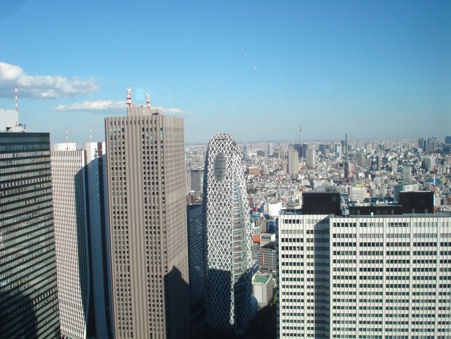We are delighted to have our wonderful eldest son (Michelle’s step son) Robert share details of his fabulous trip to Japan with his Dad and Cousin Mike.
Trip to Japan by Guest Blogger “Robert McCormick”
Back in the mists of time, I joined in on a trip to the land of the Rising Sun. By which I mean that November 2014 saw me complete a lifelong desire to visit Japan. I met up with my Dad, Douglas, and my cousin Michael at Heathrow Airport in London for a jaunt to the other side of the world. Considering that I have been fascinated by Japan for most of my adult life, between my interest in the language and my love of their culture and history, I was excited to say the least.
To and From
As I have mentioned above, we set out from Heathrow Airport in London. We ended up going via Dubai, although direct flights were possible. Most flights go to Narita airport, as it is the air traffic hub for Japan. The flight was 16 hours including changeovers, although direct flights get that down to 12.
The climate in Japan can feel like an exercise in extremes. We were there in November and had blue skies most of the time, with high temperatures. That said, it’s not uncommon to have heavy rainfall, snow depending on the time of year. Japan has very robust weather reporting, so check out what the weather is going to be like in the area you are planning to be and pack accordingly.
Woke Tip: Take the time to purchase a Japan Travel Pass. These are only available to tourists and are an all access pass to make use of Japans extensive public transport system, including the famous bullet trains. See link 1.
Awake Tip: The street signs and maps are going to be in Hiragana, so either learn the symbols for a couple of vital stops or make a note of the symbols somewhere. Most important symbols are probably the ones for Post office, as they are the only place to make international cash withdrawals.
郵便局 = Post Office
Once in Narita, you are instantly connected to the fabulous and efficient Japanese Public transit system, so go and pick up your Travel Pass and set out for wherever it was you ended up booking to visit. We stayed in Ginza to start with, but ended up in Osaka and taking trips out as far as Kyoto and Hiroshima, all on the back of this one pass.
Our hotel in Ginza was a western style hotel, meaning western style beds and other amenities. It was well located, being only a 5 minute walk from the nearest station on the Yamanote line.
Week 1:
After a late arrival into Tokyo and some difficulty trying to find the hotel, mostly due to unfamiliarity with navigating Tokyo streets, we went to bed fairly late. And due to jet lag, immediately got up a 5 am. Since we were up anyway, we made our way down to the Tsukiji Fish market. It is now closed permanently, but at the time was one of the largest seafood markets in the world.
The market was bustling when we arrived, and we weaved our way through a flurry of activity to explore.
If it was still open, I’d have this piece of advice to give about the Tsukiji fish market. It’s only open to the public after 9am. We only learnt this after being told off by a very polite police officer, but no harm no foul I suppose.
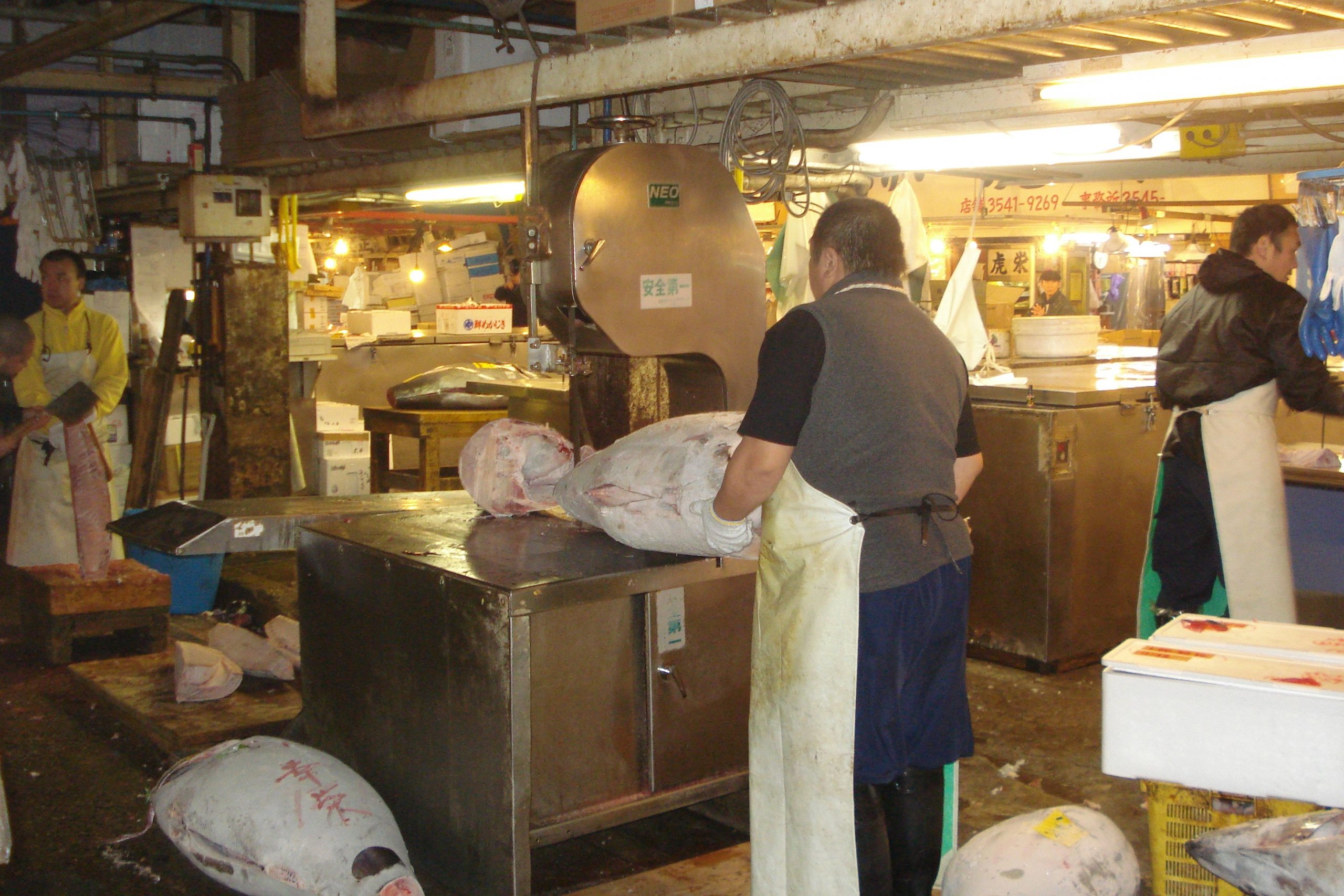
After this we explored the nearby area, which was a maze of tiny shops and restaurants. We grabbed some lunch and headed back to Ginza. In the afternoon, the 3 of us split up to explore the city.
Personally, I went and explored some of Akihibara, the famous ‘Electric Town’ of Tokyo. This area is something of a hotspot for anyone with an interest in anime or video gaming, boasting huge stores and arcades, as well as other attractions like maid cafés, themed restaurants and street events. This was an area I ended up visiting again multiple times over the 2 weeks, as there was always something going on, and I would recommend it to anyone visiting Tokyo.
In the evening, we met back up in the hotel and set out in search of a pint and some dinner. We ended up going with a curry (Japanese style of course) and finding a sake house.
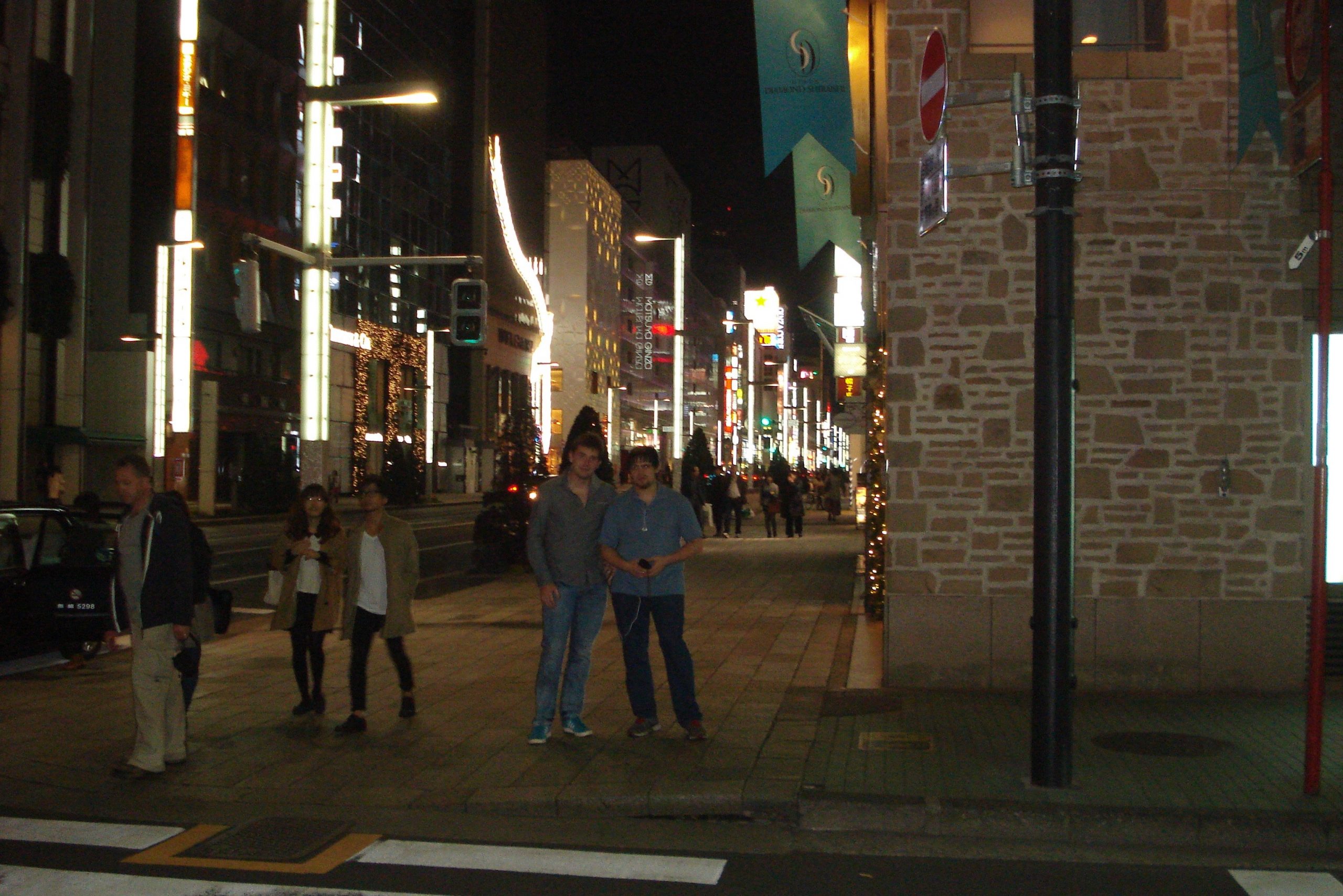
That first day set the standard for the next 2 weeks. We would go and visit something together in the morning, before having some lunch and breaking off for the afternoon, meeting back up at the hotel.
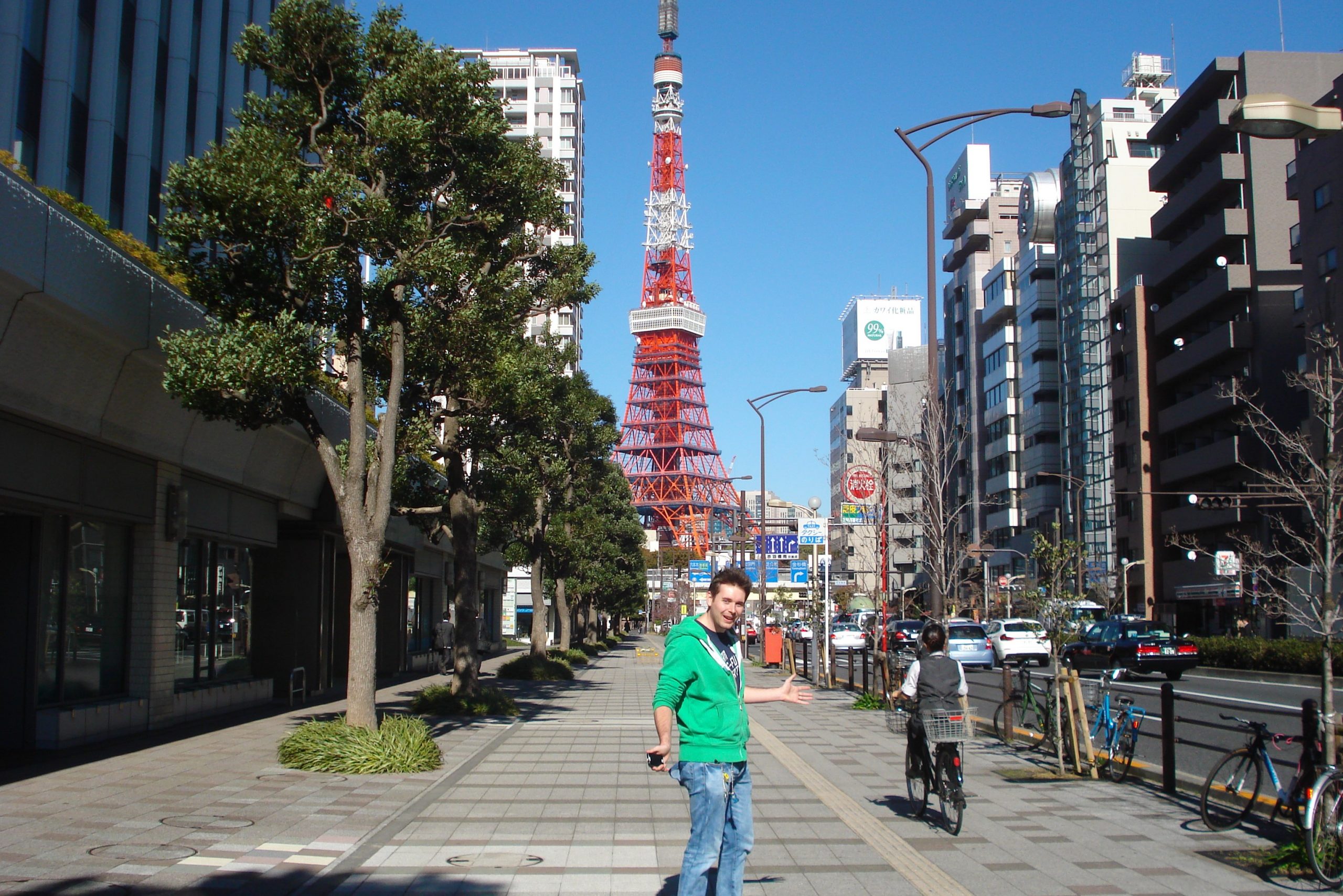
Over that first week we explored Tokyo, going to see most of the bigger tourist attractions, including:
Tokyo Tower: a huge tourist attraction that gives fantastic views of a bustling metropolis and has something of a museum inside. Try to go during a weekday to avoid crowds. Located about a 15 minute walk from Hamamatsucho Station, this 330 metre tall tower is well worth a visit.
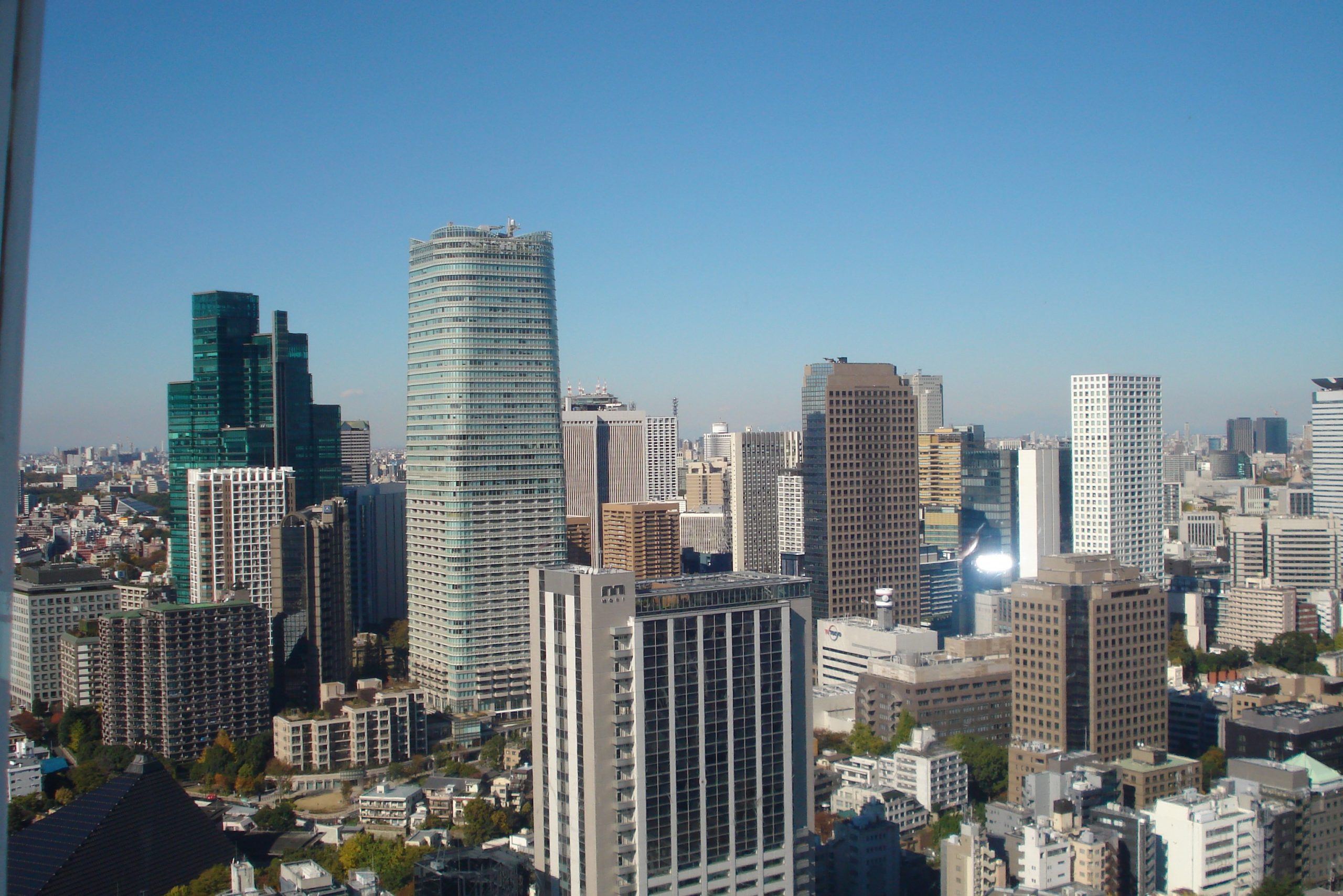
The Meiji Shrine: The largest shrine in Japan and something of surprise, as it located in Tokyo itself. You turn a corner in a built up urban area and are confronted with a small forest. Built in 1920, it is a monument to Japans history and is a fascinating cultural area to visit. Simply take the Yamanote line to its Harajuku station and follow the signs.
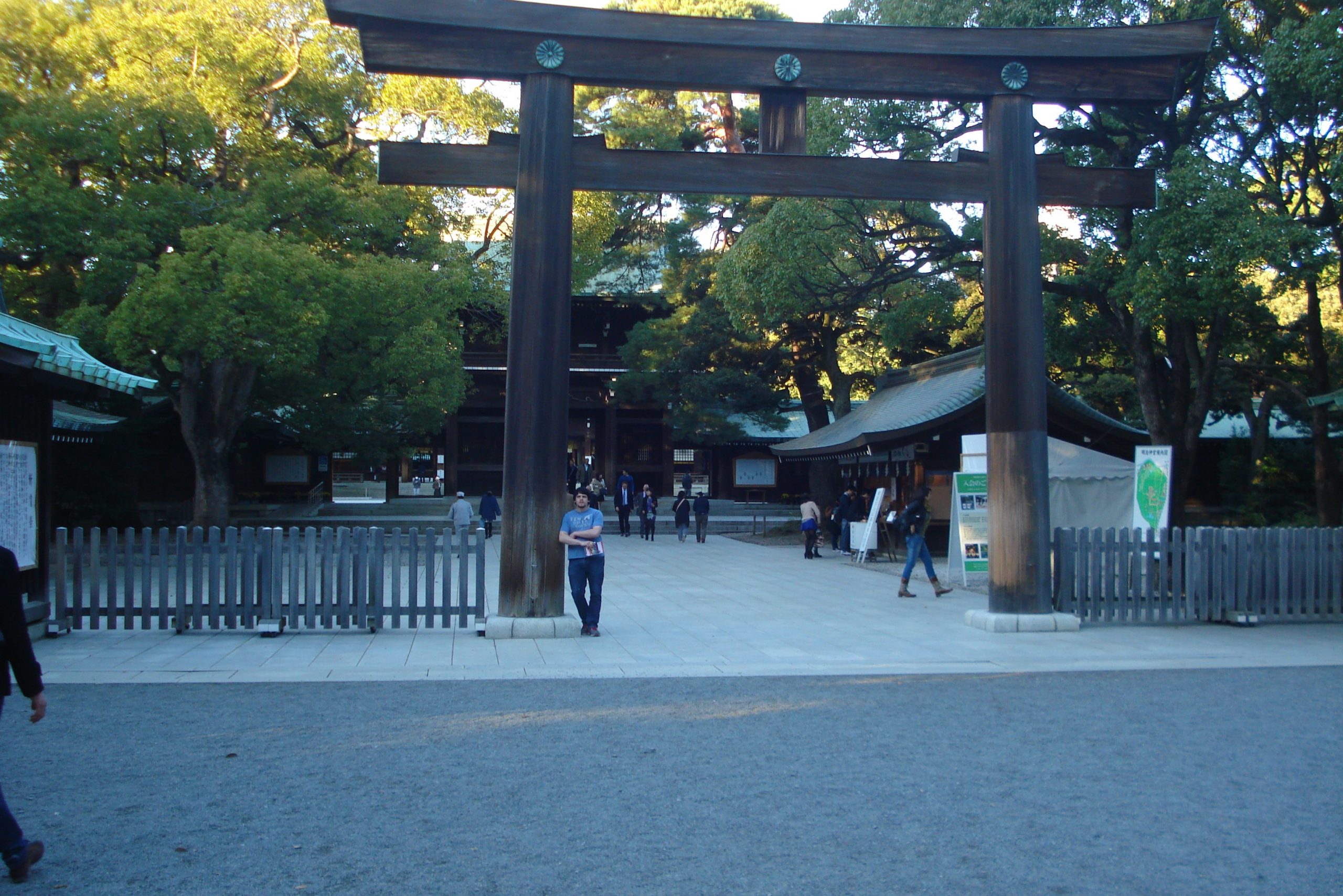
(This picture sums up Japan for me, and Tokyo especially, a mix of the historical and the modern world)
The Toshugu Shrine: The mausoleum of Tokugawa Ieyasu, one of the biggest figures in Japanese history, is located a train and bus ride ride north of Tokyo. Go to Nikko station and jump on a bus, they are well sign posted. Interests there include the Yomeimon gate and the burial place of Ieyasu himself. A bit of a journey but well worth it. Be aware there is renovation work ongoing, but it shouldn’t impact too much.
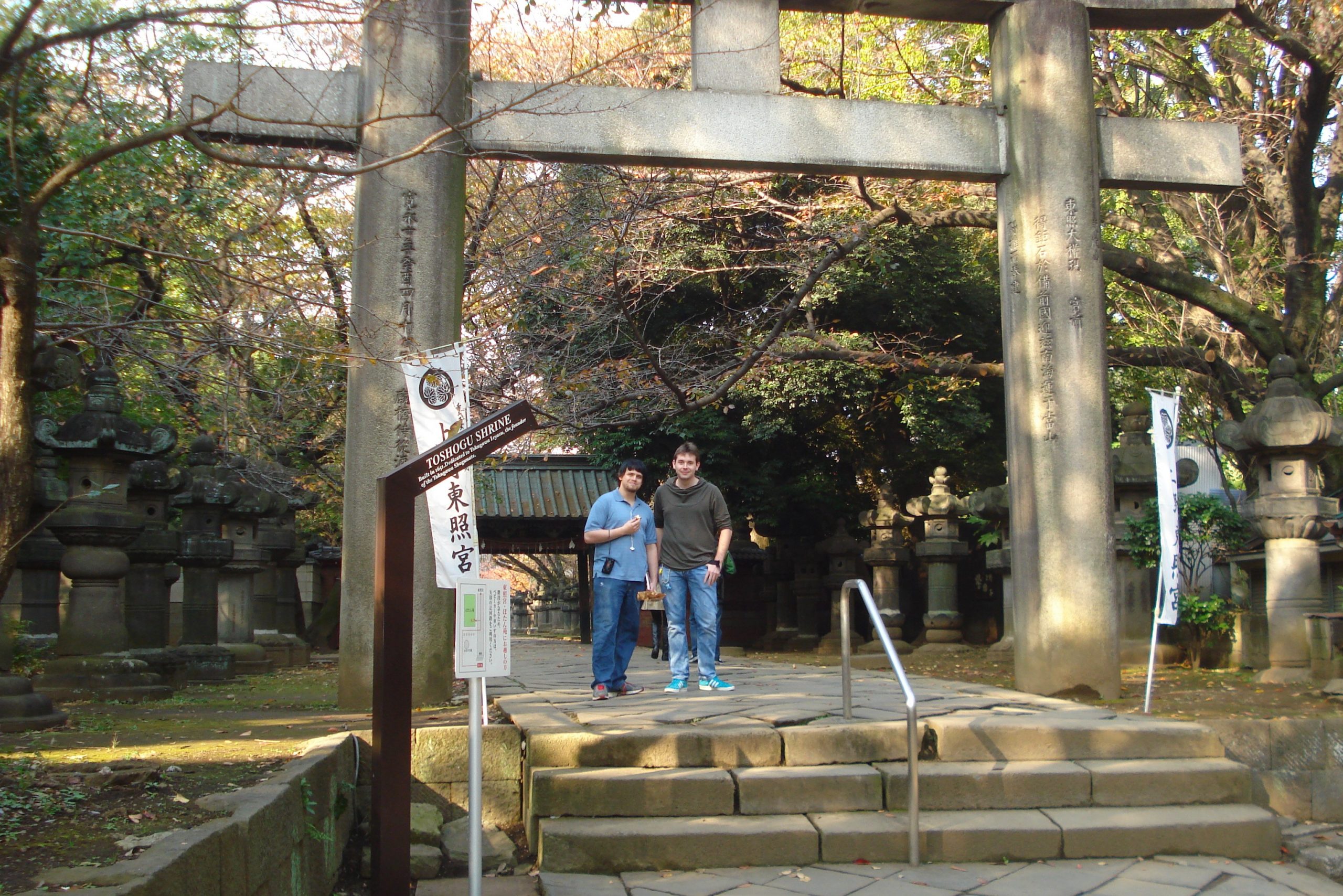
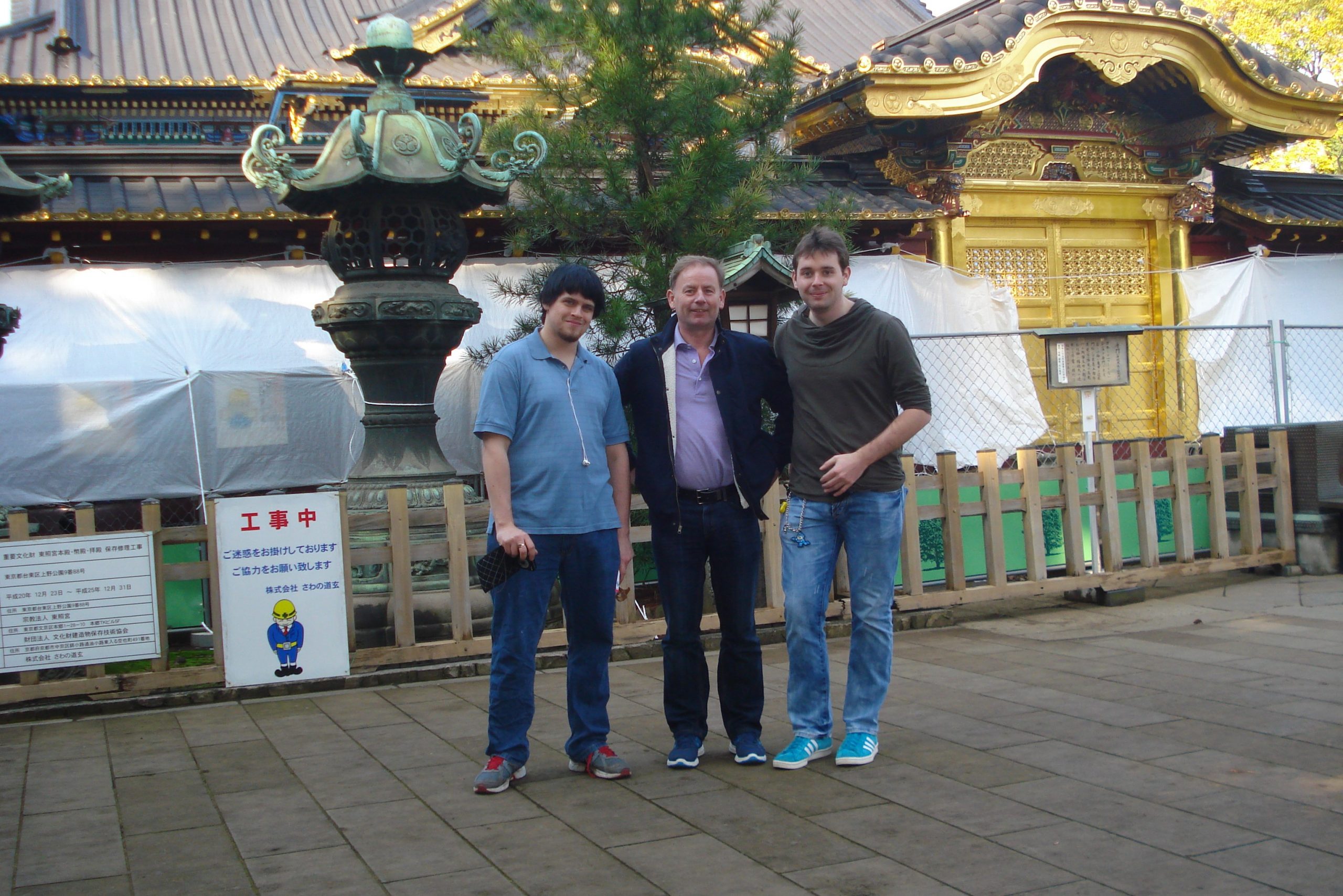
The Harajuku district: Harajuku is the centre of fashion and youth culture in Tokyo. If you are in anyway interested in either of those, it is worth visiting. Simply head to Harajuku station and you will find fashionable bars, shops and busy streets.
The Imperial Palace: The Imperial palace occupies a large stretch of land in the centre of Tokyo and consists of vast public gardens and well preserved structures. The central areas are off limits for most of the year, with the exception of the Emperors birthday and New Years day. If you’re in Tokyo, you can’t miss it.
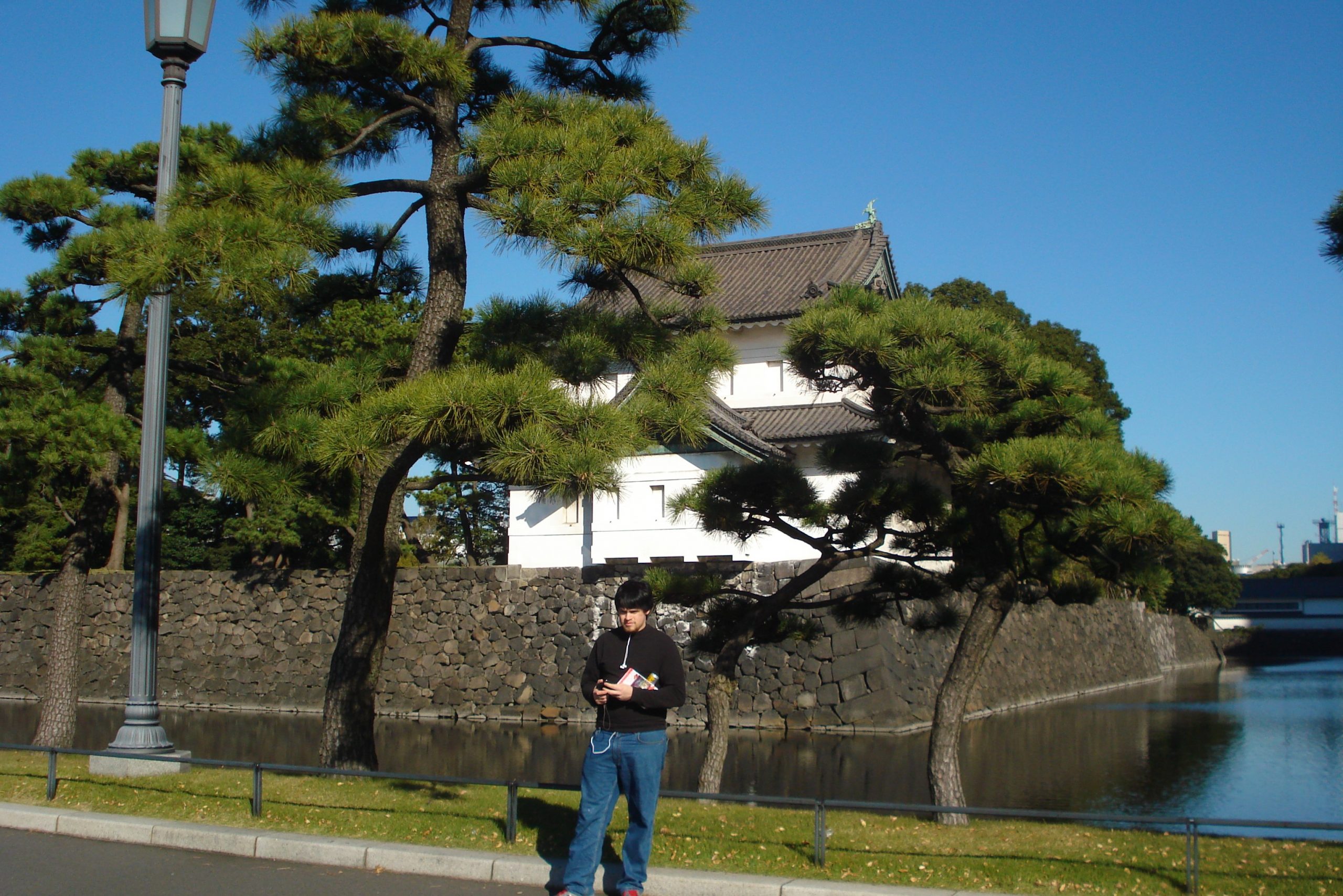
The Kanda Myojin Shrine: An entire street dedicated to a Shinto-buddhist Shrine, the Kanda Shrine is located just north of Akihibara and is easy to get to from the Yamanote line. Usually bustling with tourists and locals, it is an interesting area to explore.
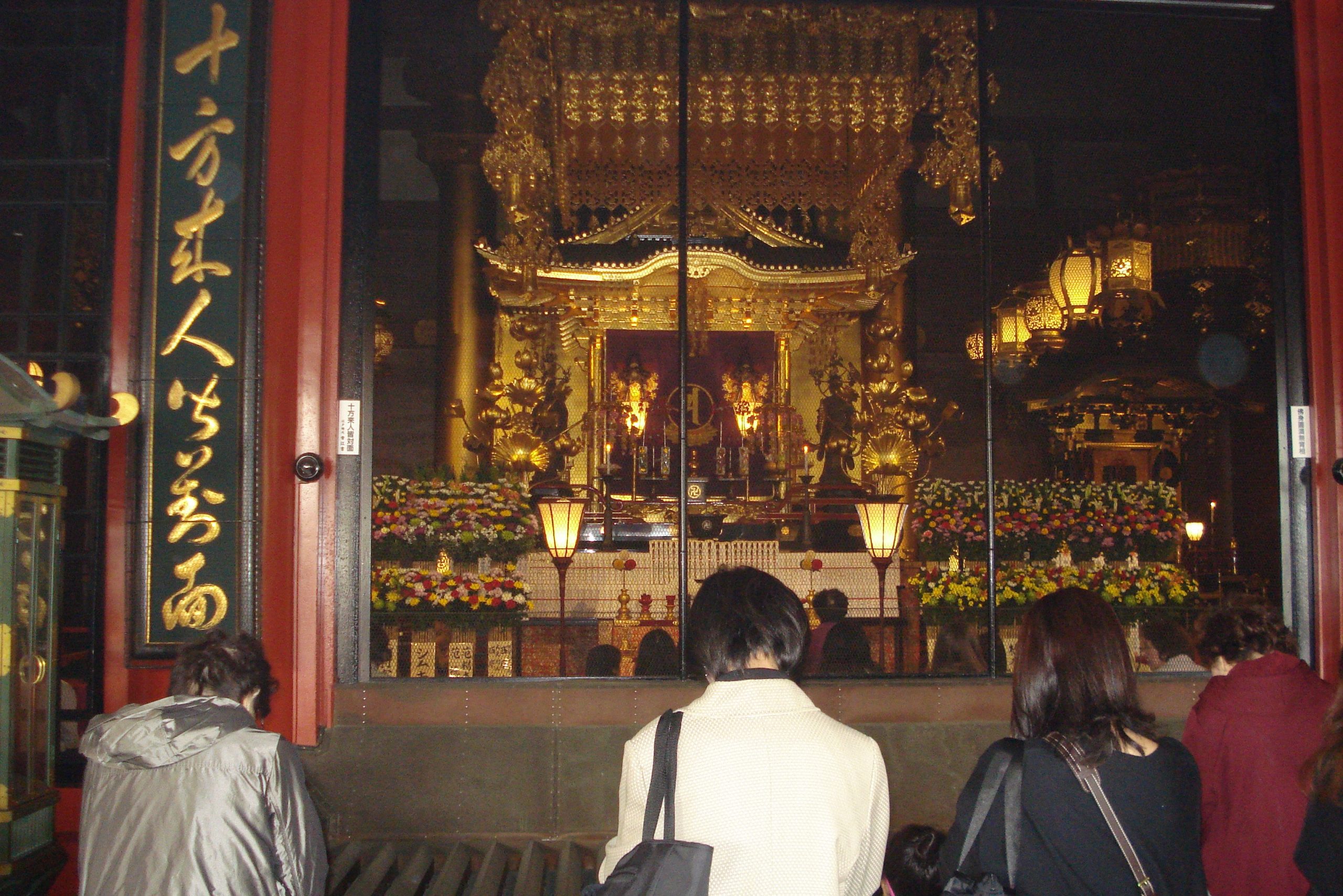
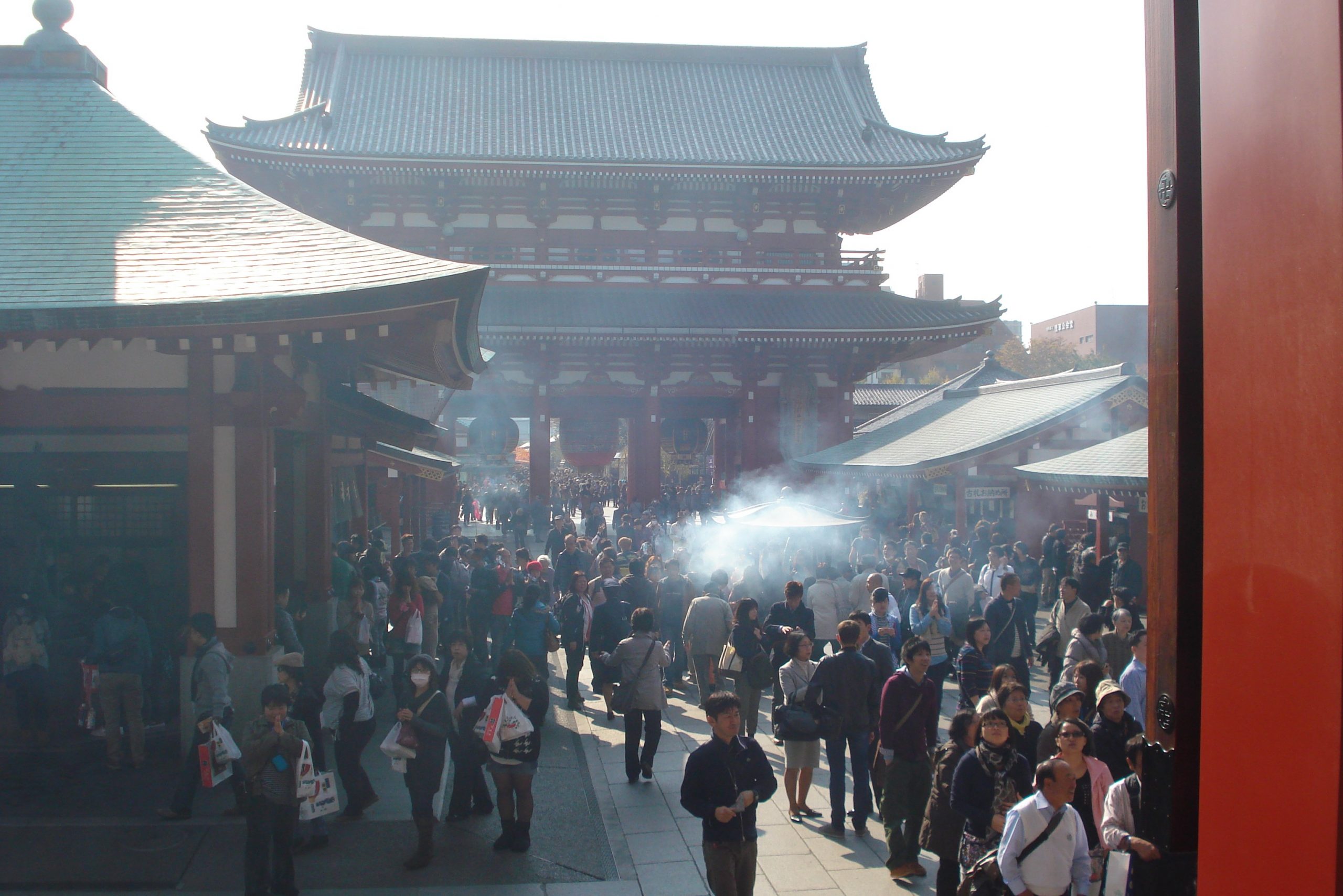
Week 2:
After the first week in Tokyo we head out of Tokyo on the bullet train. During the journey we pass Mt Fuji and take in the fantastic Japanese countryside.
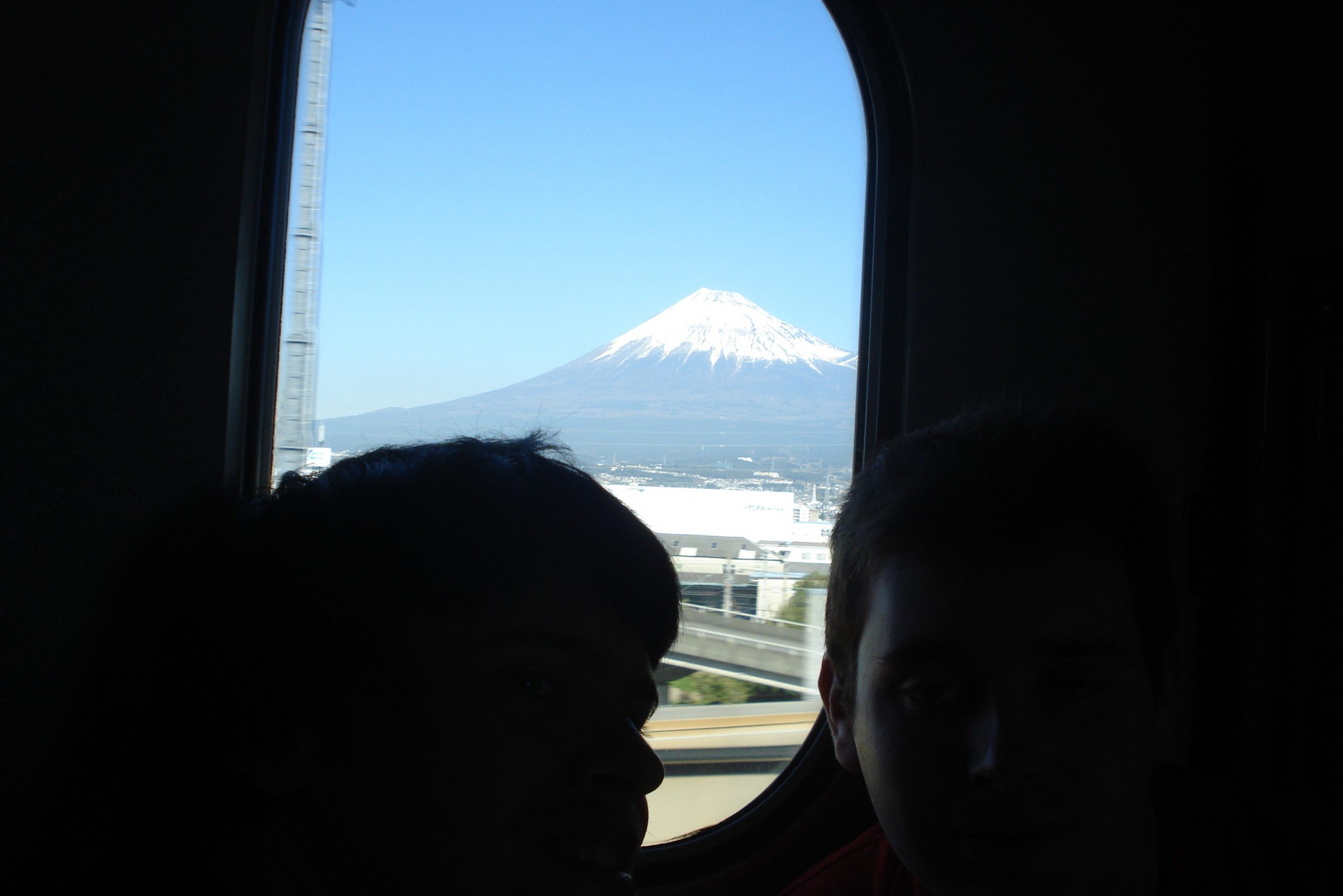
We end up in Osaka staying in an Airbnb apartment. This was much more traditionally designed, with futons on the floors and sliding screen doors. We used Osaka as a base camp to strike out to other areas in the region, including Kyoto, Hiroshima and Osaka itself. We spent more time together this week, mostly due to it being a bit more difficult to navigate than Tokyo.
Arrival in Kyoto and unofficial greeting
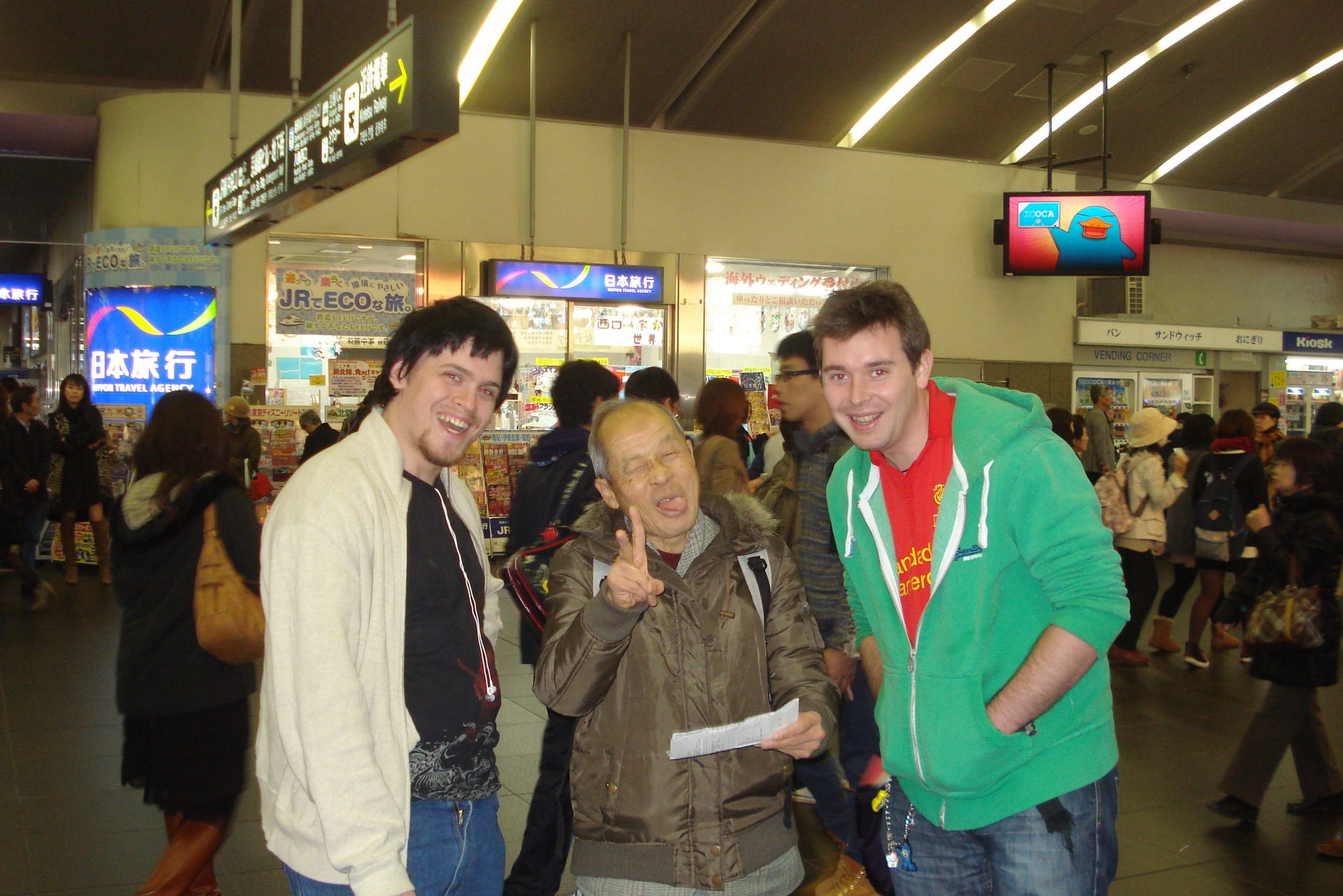
Places that we visited included:
The Peace museum: Located in Hiroshima, the Peace museum is dedicated to the dropping of the Nuclear bomb on Hiroshima and Nagasaki. It is a somber experience that is thought provoking in the extreme. It has the Eternal Flame outside of the museum proper, and is well worth a visit.
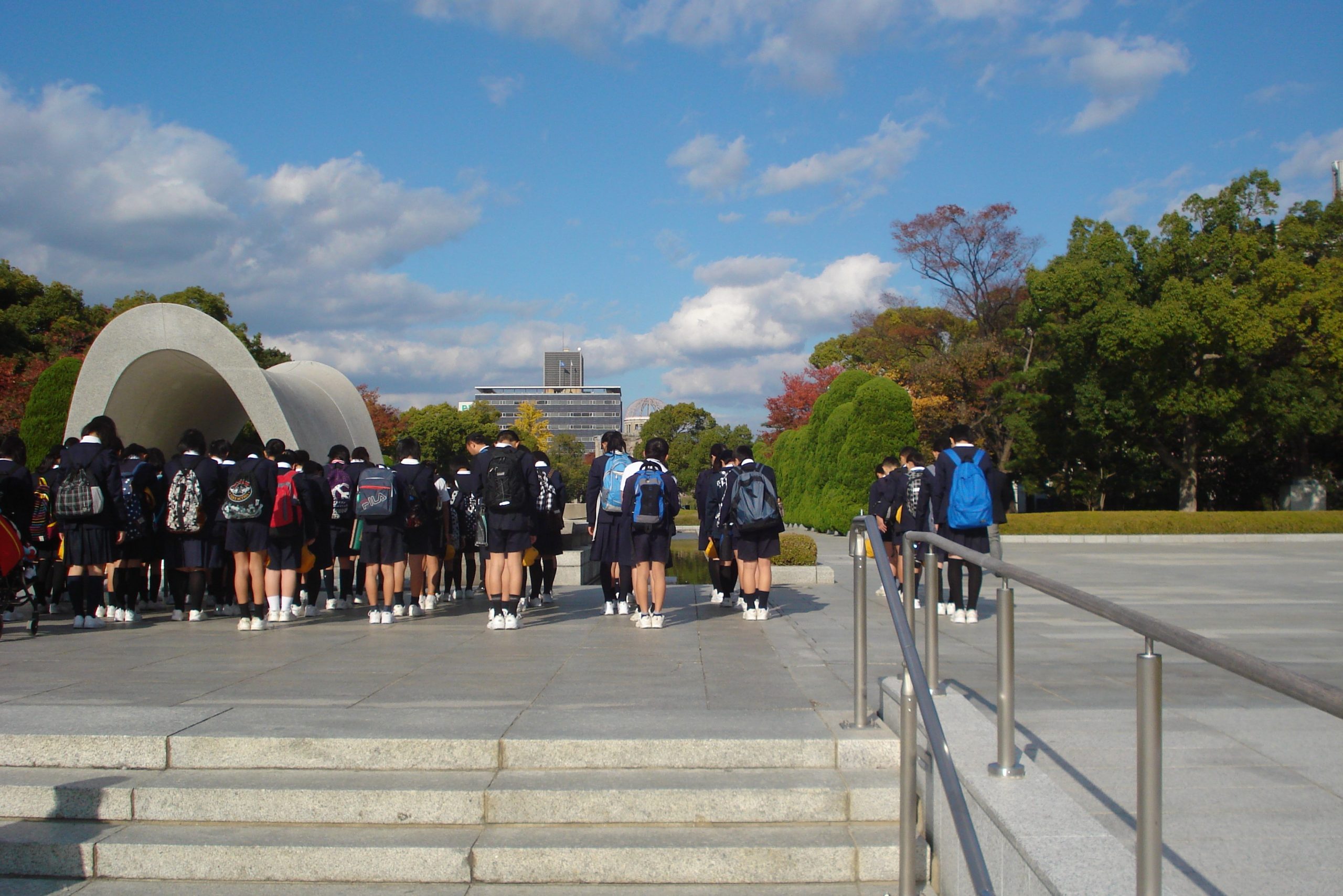
Hiroshima itself: Hiroshima is a vibrant city with a lot of historical monuments and shopping distrcts. Highlights include the only building standing from before the bomb was dropped, and rebuilt Sengoku era castles.
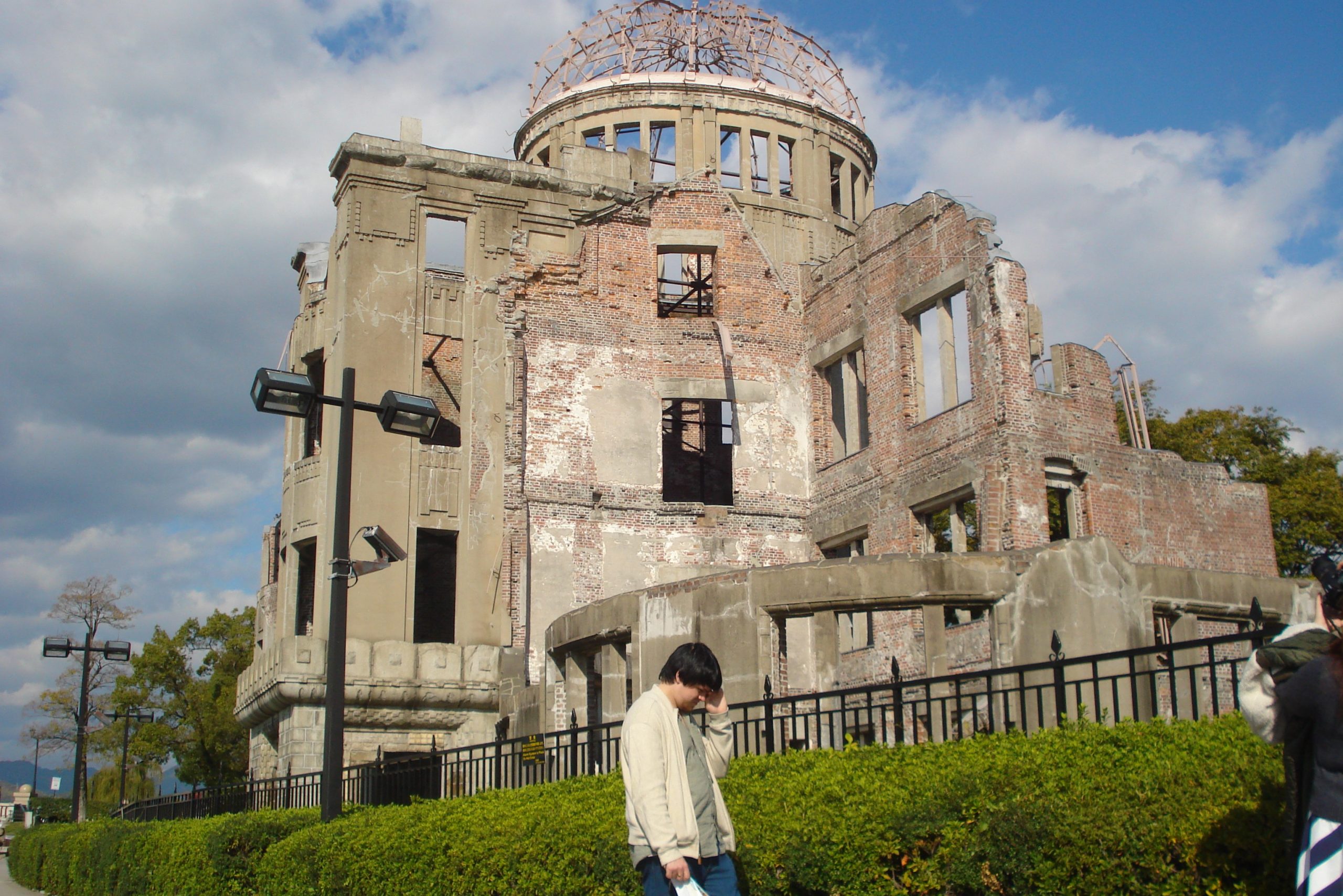
The Genbaku Dome, last remaining building from Old Hiroshima
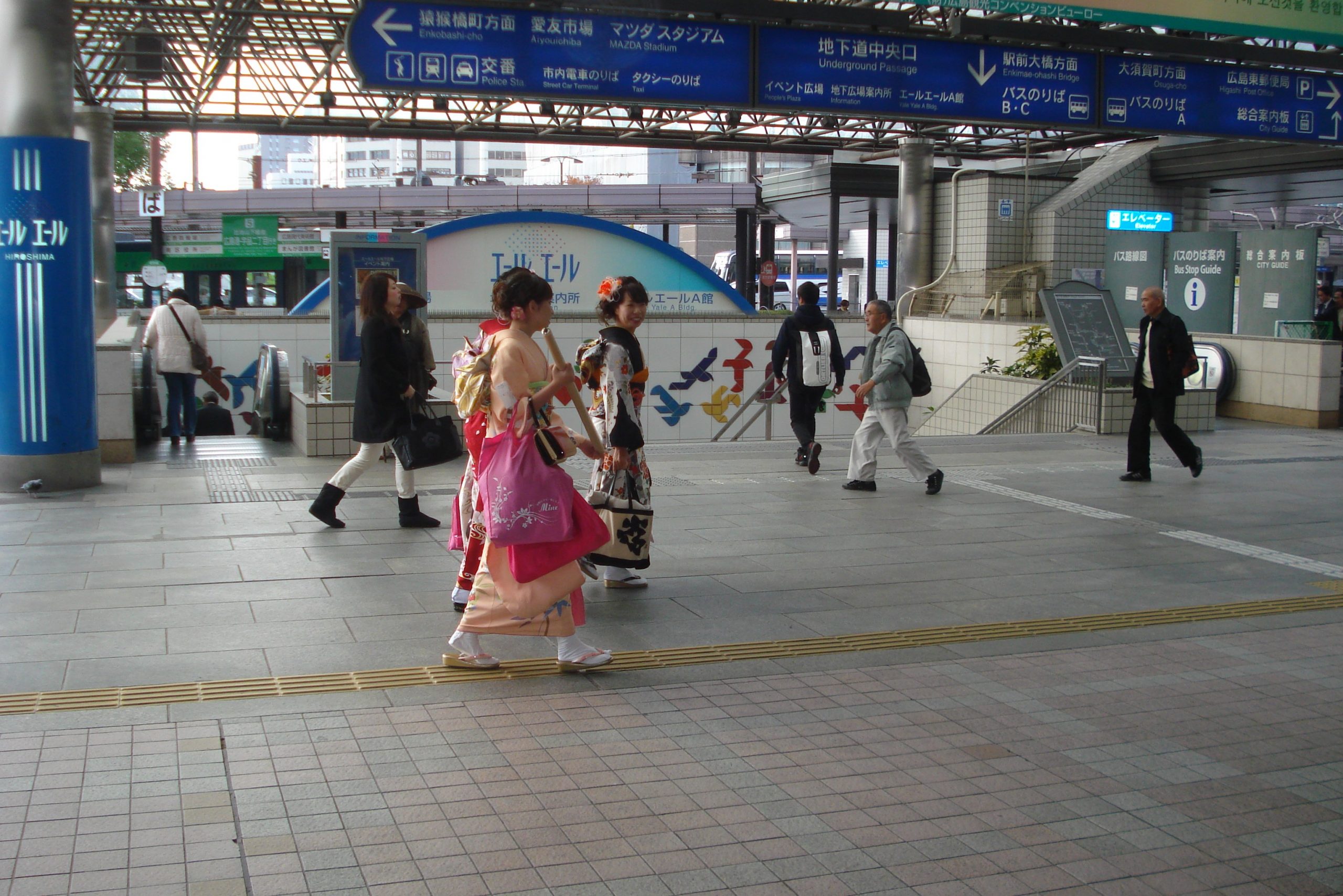
People wearing Yukata at Hiroshima Station
The Mazda Factory: Mazda have their main factory located in Hiroshima and run regular tours. They show off their assembly line as well as the history of the factory and company. I found it fascinating despite not really caring about cars personally. Tours in English start at 10 am and reservations are accepted up to a year in advance.
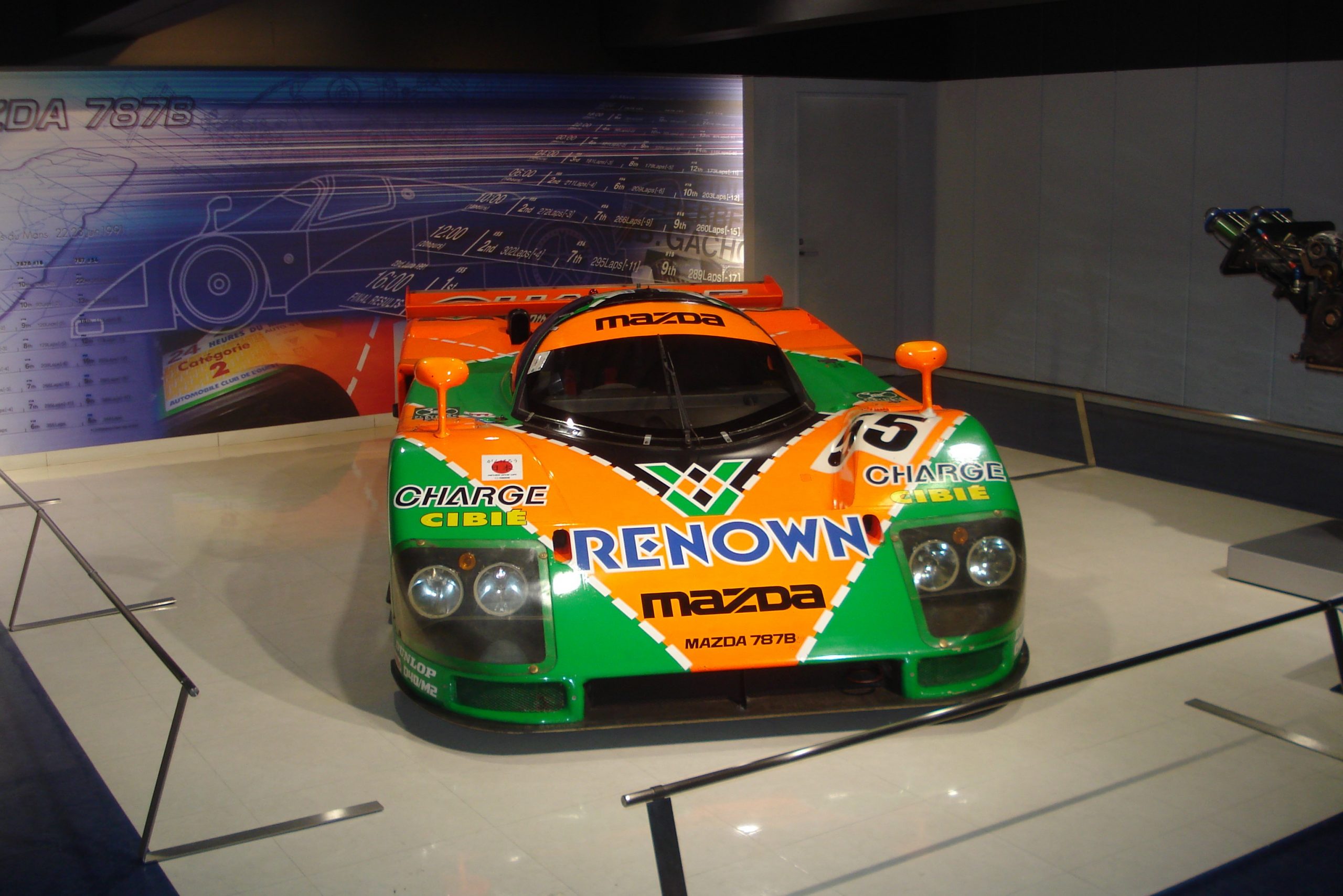
Favourite car in the Mazda factory
The Fushimi-Inari shrine: Located in Kyoto, just a few minutes’ walk away from the JR Inari Station, the Inari Shrine is a massive shrine that is famous for its thousands of Torii gates. It is situated in a fairly rural area and offers a lovely nature walk in addition to visiting the shrine. If you go near Kyoto, then check it out.
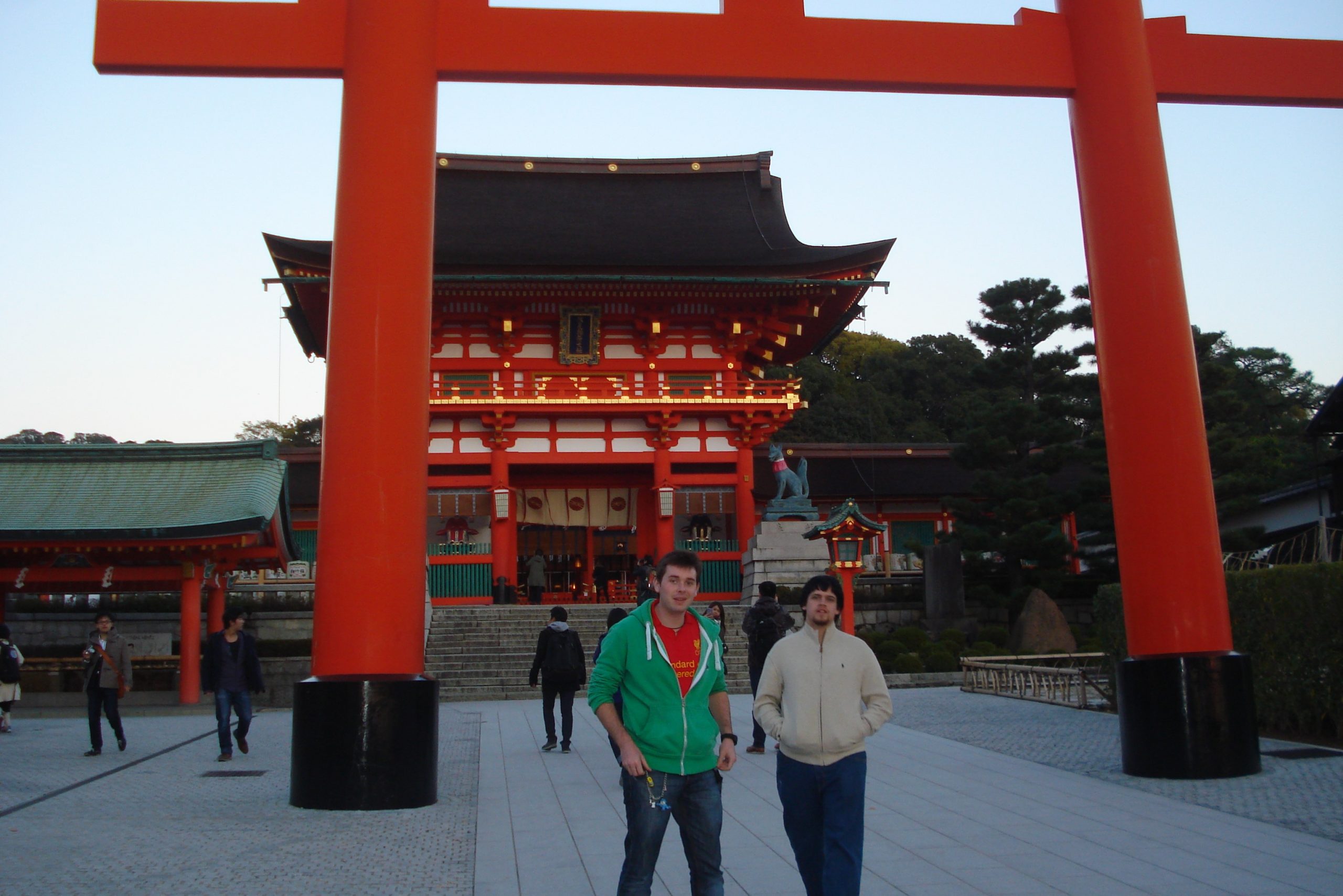
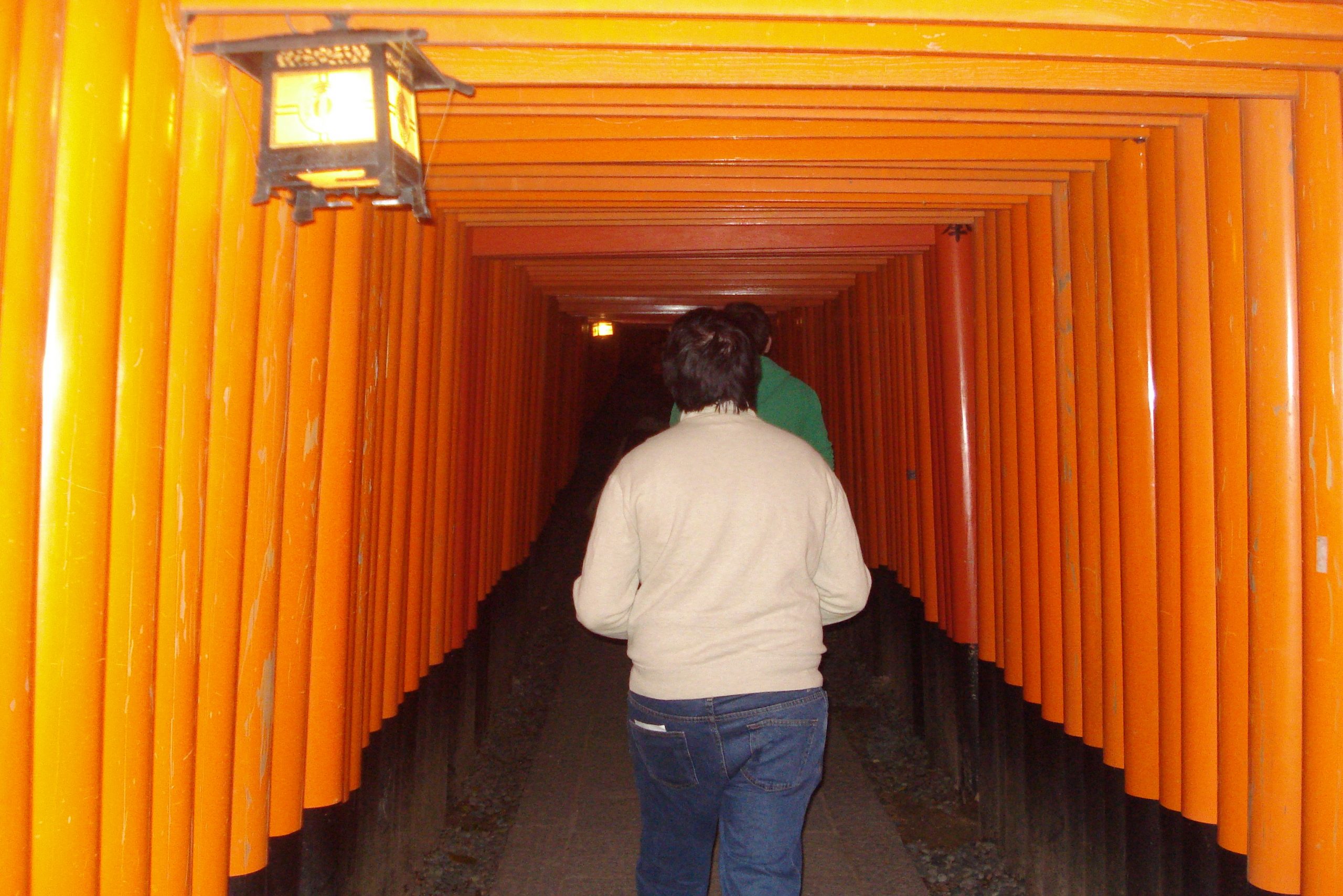
– Inari Shine
Towards the end of the week, we headed back to Tokyo for a few days before heading back out from Narita airport.
Food and Drink:
Food and drink was a delight during our time in Tokyo. Japan has very different cuisine to most western countries, but is very varied, with dishes to suit any taste. Whilst we were there we ate a wide variety of dishes, including noodle dishes, rice dishes, curries, western style meals, hot pots, and much more. In particular, I can recommend:
Ramen: A popular and cheap dish in Japan. Ramen is a noodle based dish served in a large bowl. Generally served in a miso broth, Ramen can also have a number of extras added into, such as Fried chicken, squid, pork, etc.
Gyudon: A ubiquitous meal throughout the country, (it literally means Beef Bowl) it usually consists of a bowl of rice with beef and soy sauce added. You can find places that serve this dish everywhere.
Japanese Curry: Curry is as popular in Japan as in many western countries, but has a particular twist on it. Expect a shorter grain and stickier rice, as well as additions such as Tofu. Tasty.
Sake: Sake (literally Rice Wine), is a traditional drink in Japan. Served just about everywhere, you can get a particular treat from visiting a Sake bar. It is served either cold or hot and, much like regular wine, has a taste scale between dry and sweet. I can recommend warm sake as a night cap, especially paired with calamari rings.
Takoyaki: Fried Octopus Dumplings are a common street food in Japan, and consist of a fried dumpling it an octopus meat filling. Usually served with soy sauce and mayonnaise, it is a delicious snack to refuel whilst visiting the various destinations.
Tea: Tea is a large part of Japanese culture, with green tea being the preferred tea. You can find tea everywhere, with it being offered with most meals and available from most vending machines, hot or cold.
Drinks in general: One of the more immediately obvious things you will notice about Japan is the ubiquity of vending machines. Usually costing around 100 or so yen, you will be able to get a drink pretty much wherever you go, as well as other things, such as toys, food, etc.
Overall, Japan was a fantastic place to visit. Every day was packed with discovery and amazement as we explored the fusion of old and new that is Japan. The food was excellent, the places amazing and the people friendly. Due to the length of the journey and the amount to explore, I would recommend no less than 2 weeks for a visit. It took us most of the first 3 days to get over the jet lag, and having the second week meant that we got more out of the areas we visit.
Catch all our updates on Insta :@wokeandawaketravel
Twitter:@WokeTravel
